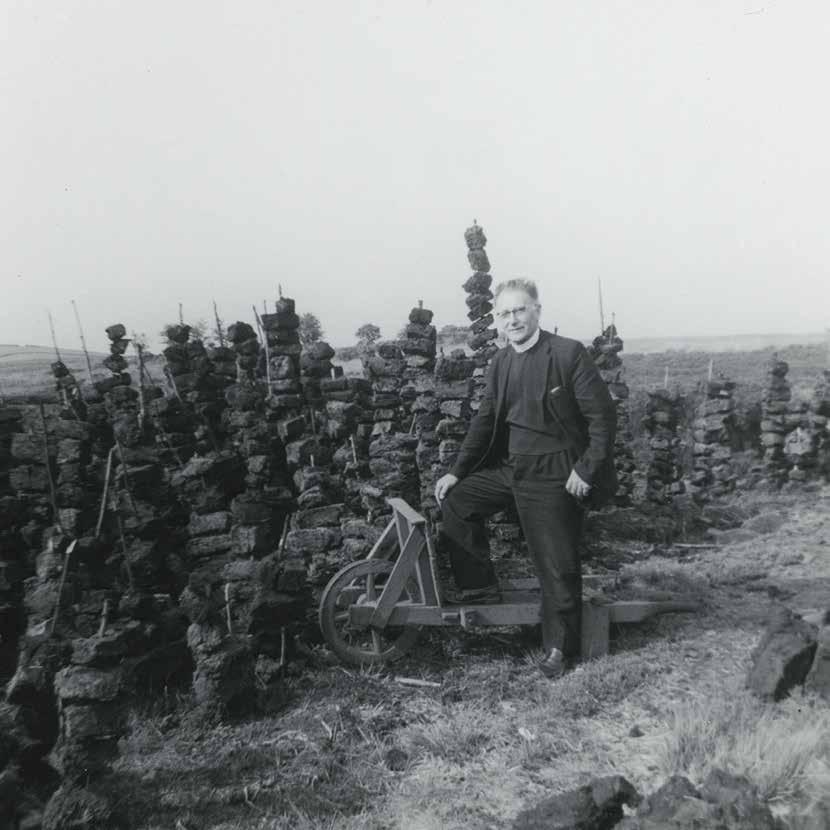
2 minute read
The medieval lordship of Mourne
Ken Abraham
Although the motte at Greencastle indicates an Anglo-Norman presence in the area during the late 12th or early 13th century, the lordship of Mourne was probably not created until the construction of the large stone castle by Hugh de Lacy, earl of Ulster in the 1230s or 1240s. Greencastle was one of a number of castles built by the earls of Ulster around the Ulster coastline including Dundrum, Carrickfergus and also Greencastle in county Donegal.
Advertisement
Evidence for the structure of the lordship of Mourne is sparse. Our first glimpse of the landholding structure on the lordship comes from a survey (inquisition post mortem) of the estate carried out after the murder of William de Burgh, earl of Ulster in 1333. The survey shows that the manor included sixty acres in demesne and a further three carucates (a carucate comprised about 120 acres) which had been under ‘the lord’s plough’. This land was recorded as ‘waste, owing to the war of the Irish and want of tenants.’ The survey also lists land held by tenants who appear to have been entirely Irish. Only several places, which were probably significant, can be identified with modern place names including Dunnaval, Ballymartin, Cranfield and Tullyframe. The lordship of Mourne also contained a borough town which had been burned and a manorial court.
The 1333 inquisition post mortem emphasises the raiding pressure from the Irish which Greencastle apparently endured throughout the medieval period and its destructive consequences for the profitability of the estate. However, this did not deter several magnates in the 15th century from acquiring Greencastle and its estate to enhance their landed wealth. These included
Janico Dartas who rose to prominence in Ireland in the early 15th century and the earls of Kildare who were expanding their power base from the 1490s until 1534.
Quite a detailed survey of the lordship of Mourne was undertaken in 1540 as part of a general survey of royal estates in Ireland for Henry VIII. This survey describes the castle as ‘ruined and decayed’. It records a number of ‘towns’ (villa) which were in the vicinity of the castle and comprised the demesne. Some of these towns can be identified with modern townlands including Dunnaval and Grange. Each of these towns was described as containing arable land and pasture.
The remaining lands were held by Irish tenants, each of whom held a number of towns. For example, Donald og Magennis held lands which included Leitrim, Aughrim, Moyad, Drumcro and Drumindoney. The lands held by the Irish tenants also comprised arable and pasture. Significantly the rents were paid either in money or in cows, reflecting cattle as the traditional measure of wealth in Gaelic Irish society.
The lordship and manor of Mourne was granted to Sir Nicholas Bagenal and became the basis of the Mourne estate of the Nedham (Needham) family, later Earls of Kilmorey, which they inherited from the Bagenals in 1712.









